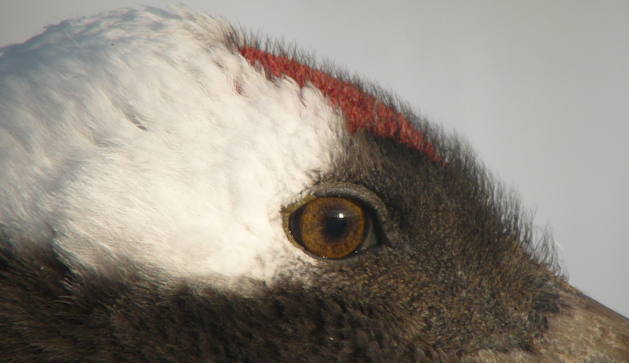Birding the Nansei Shoto – literally the Southwest Islands
This island chain stretches in an arc between Kyushu and Taiwan and includes the island groups of Amami, Okinawa, Miyako, Ishigaki, Iriomote and Yonaguni, nearly 200 islands in all. The area supports a number of very localized endemic species of mammals, birds, reptiles, amphibians, and arthropods, and is of interest to birders both for migration and for vagrants.
Japan’s southern extension is a separate archipelago in its own right – the Nansei Shoto. Justifiably defined as East Asia’s answer to the Galapagos, the numerous islands in the warm waters between Japan’s southern island of Kyushu and the island of Taiwan are fascinatingly different from the rest of Japan. They are astonishingly rich in natural history.
This is Japan’s finger in the sub-tropical pie. Where Hokkaido freezes for part of each year, Okinawa swelters. Here are flowers, butterflies and trees more commonly associated with the tropics. White coral sand beaches and intense sun add to the image. Offshore, there are coral reefs with a myriad colourful fish; one may be lucky and find turtles too or even migratory whales here in these warm waters. The local vegetation includes ancient-looking cycads, tree ferns, palms, and forest that is lush, and evergreen with broad leaved trees. The wildlife here is very different from that in any other part of Japan.
These islands have had a fascinatingly chequered history. They have experienced long periods of isolation as islands, but when sea-levels have fallen they have been connect to the continent via Taiwan, then at other times higher sea levels have separated them, not only into the islands that exist now, but into even smaller fragments.
When connected, species reached the islands from Asia and moved between the islands. When separated, during the long periods of isolation, species have diverged, evolved and unique endemic forms are the result.
Birds such as the Cinnamon Bittern reach their northernmost limits here, while Japanese Macaques on Yakushima are at their southern limit. Still other species have evolved or survived in situ and are found no where else in the world, such as the Amami Woodock, the Black Rabbit of Amami Oshima, and the rare Pryer’s Woodpecker of northern Okinawa. New species are still being discovered in this hot-house of biodiversity, and in the early 1980s even a new bird, the Okinawa Rail, was described.
© 2019 Mark Brazil & Chris Cook
Last updated: 20190117

